Rose Seidler House
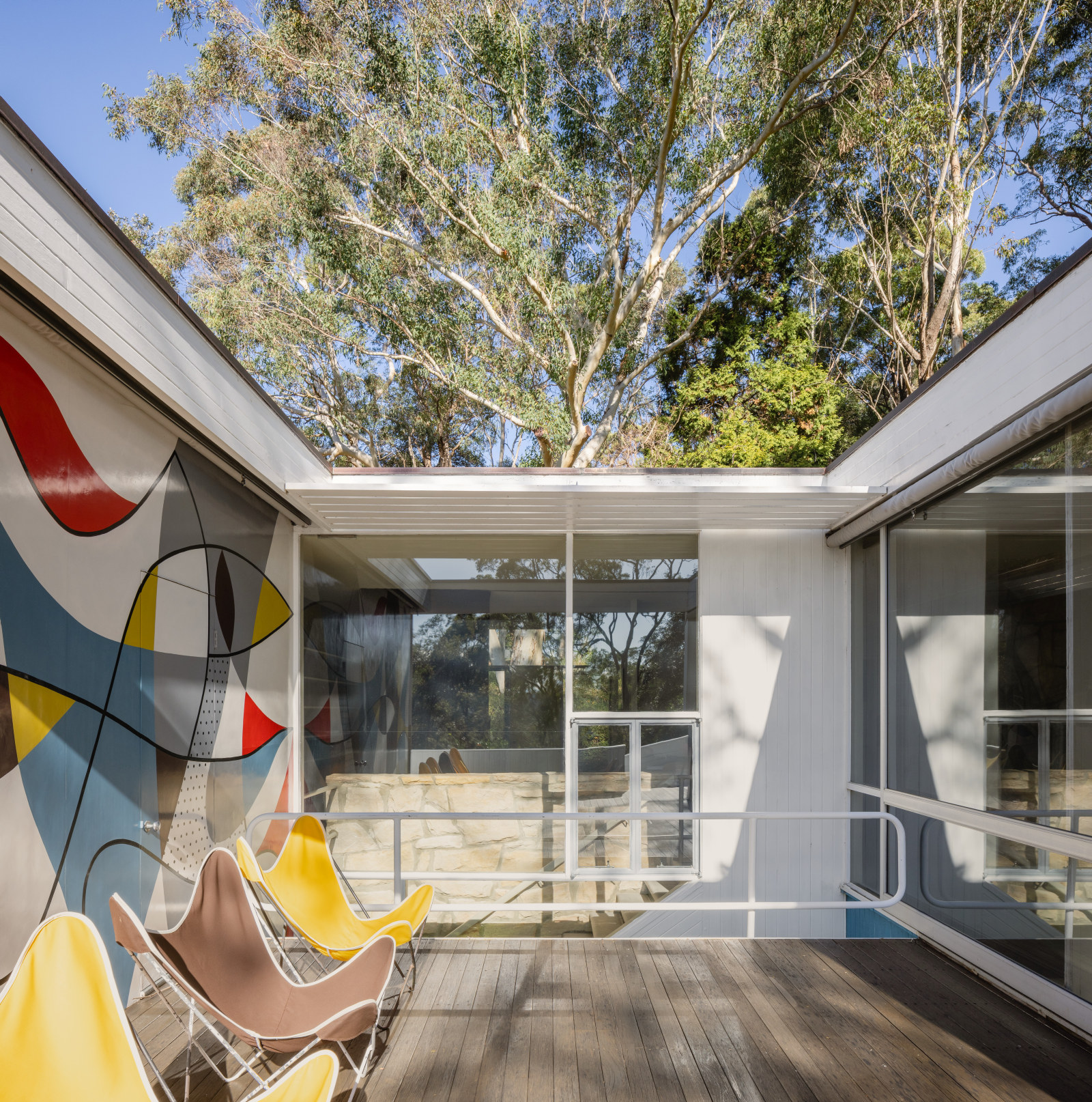
A new way of living
Once word spread about the newly built Rose Seidler House in 1950, it was the ‘most talked about house in Sydney’. Seventy years on, it's impossible to deny the strength and daring of Seidler's vision
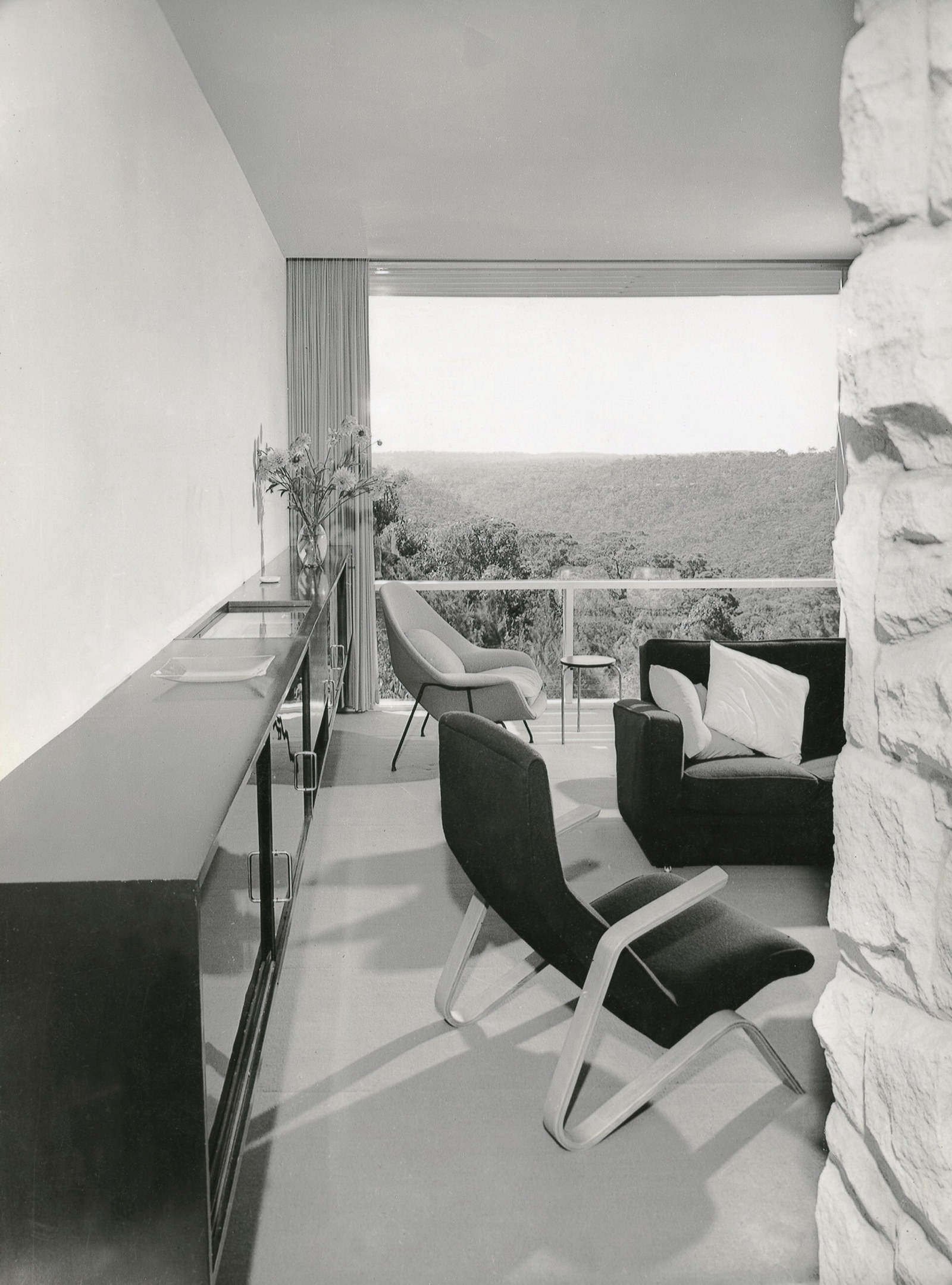
An environment for living: Rose Seidler House
From the curtains to the coffee table and the cutlery, every object and fitting in the house Harry Seidler designed for his parents was of a functional and flexible design that reflected the modern lifestyle

Bischofsbrot (Bishop’s Bread)
Studded with colourful glacé fruits, Bischofsbrot, or Bishop’s bread, is an egg-rich, sweetened loaf popular in northern Europe

Conserving Harry Seidler’s sofa
A sofa Harry Seidler designed for Rose Seidler House was conserved and reupholstered, and the process revealed some unexpected findings
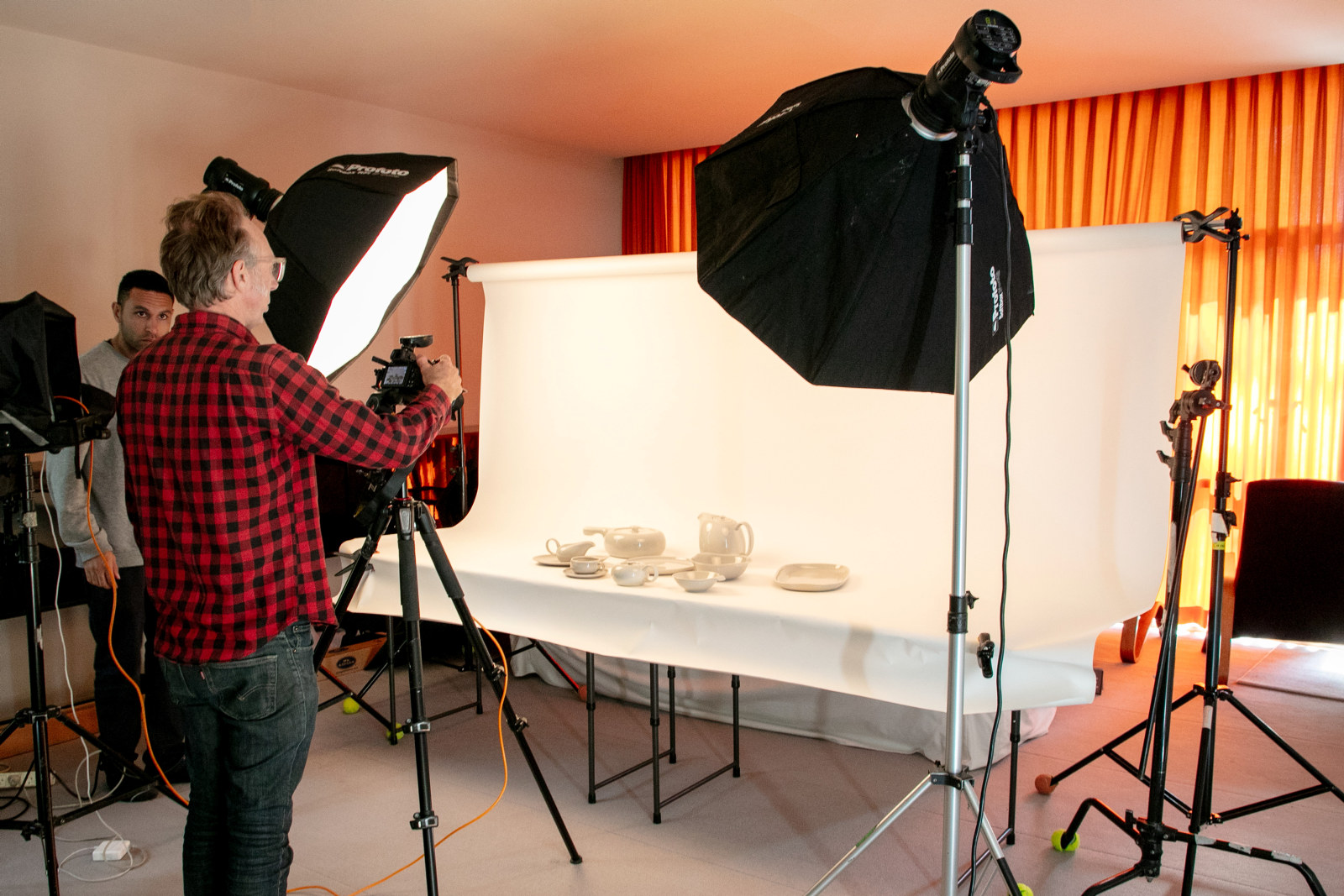
Latest News
Digitising the Rose Seidler House Collection
Over the past week, our Collection Digitisation Team has been facilitating an in-situ photoshoot at Rose Seidler House
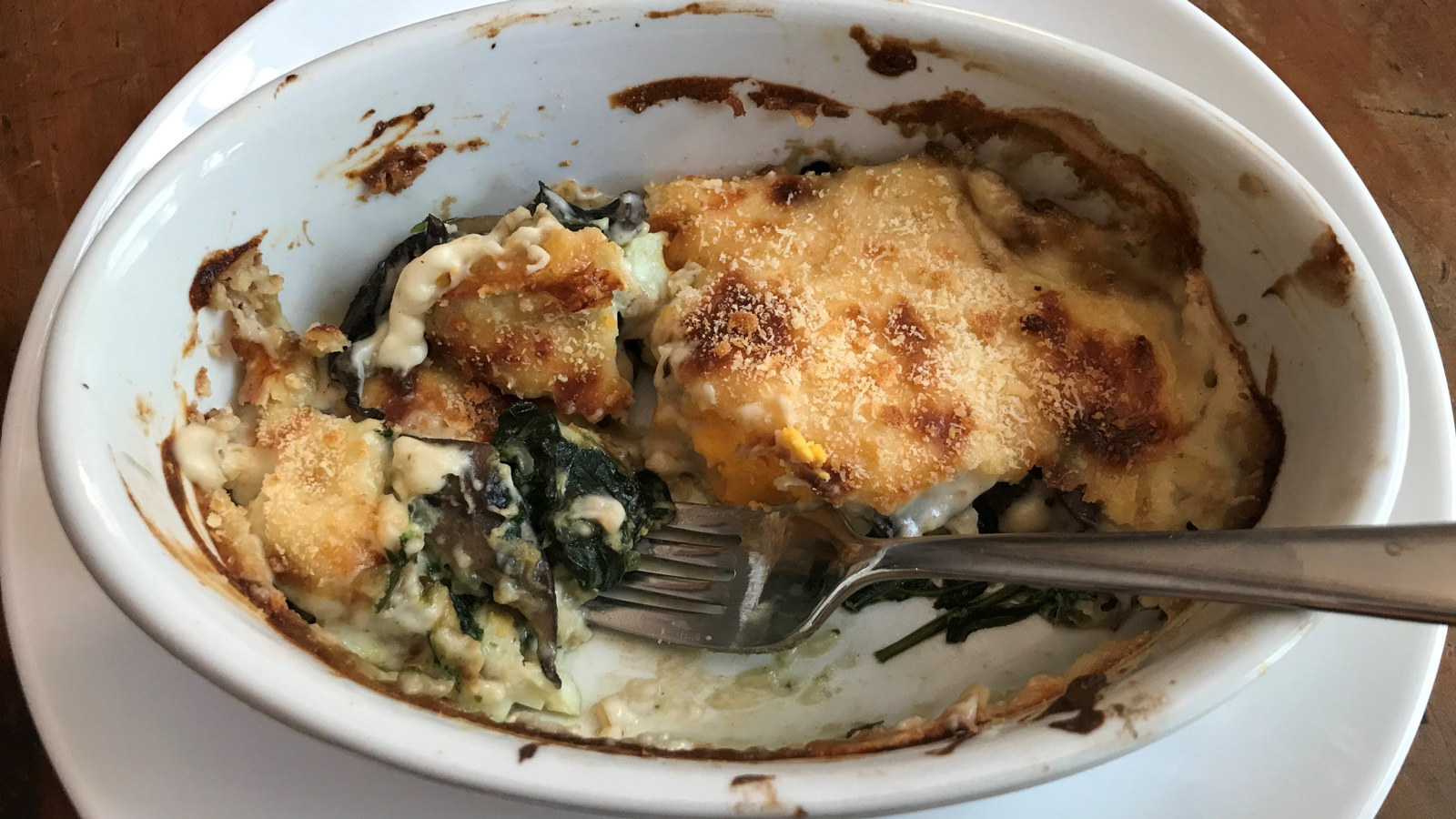
Cook & Curator
Eier auf Florentiner Art (Eggs Florentine)
This classic recipe is simple to make yet rich and flavoursome. Perfect for a weekend brunch or a light supper
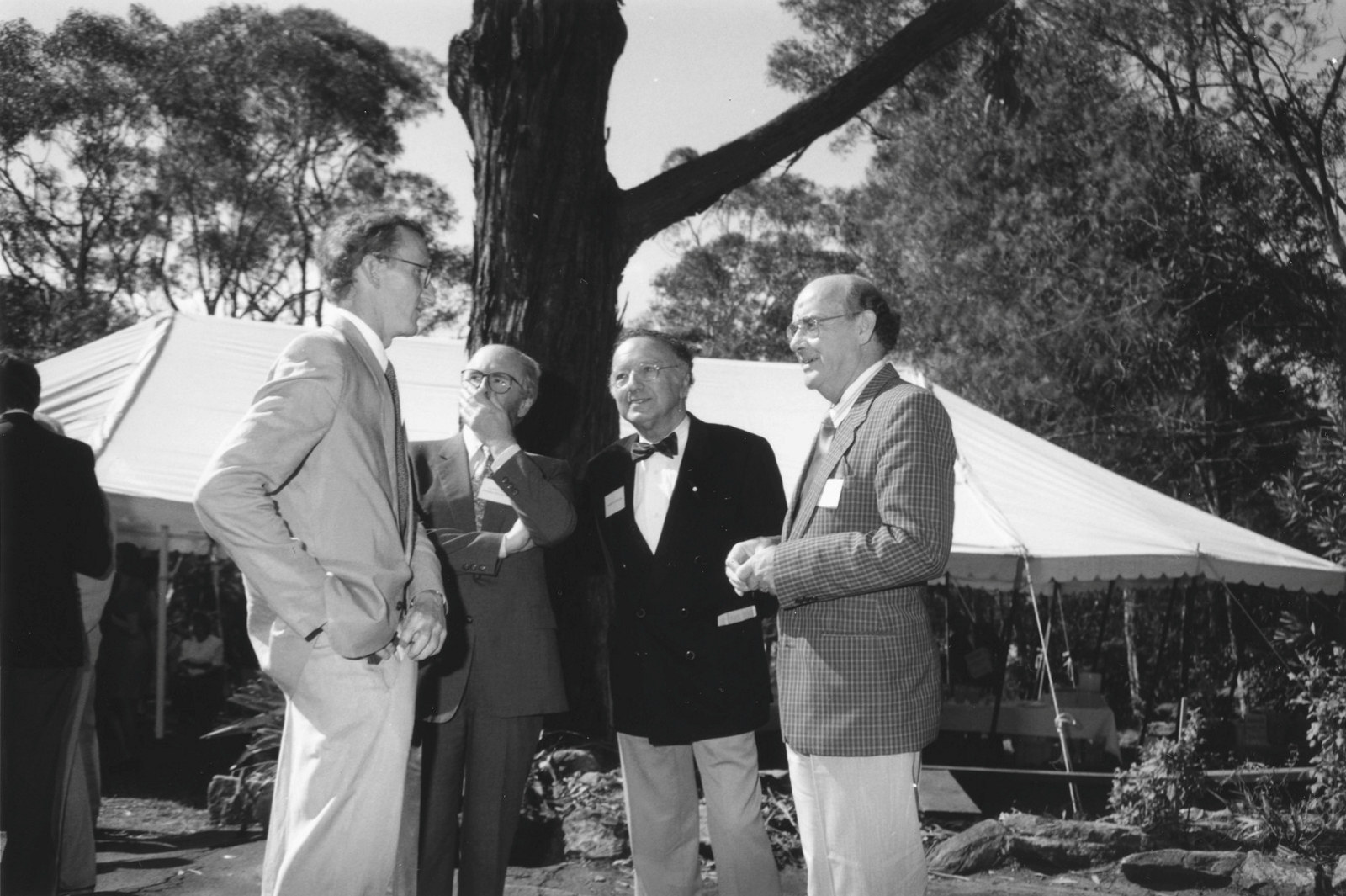
Eulogy Harry Seidler AC OBE 1923-2006
This is an edited version of a eulogy given by Peter Watts at Harry Seidler's Memorial Service at the Theatre Royal, Sydney, 6 April 2006
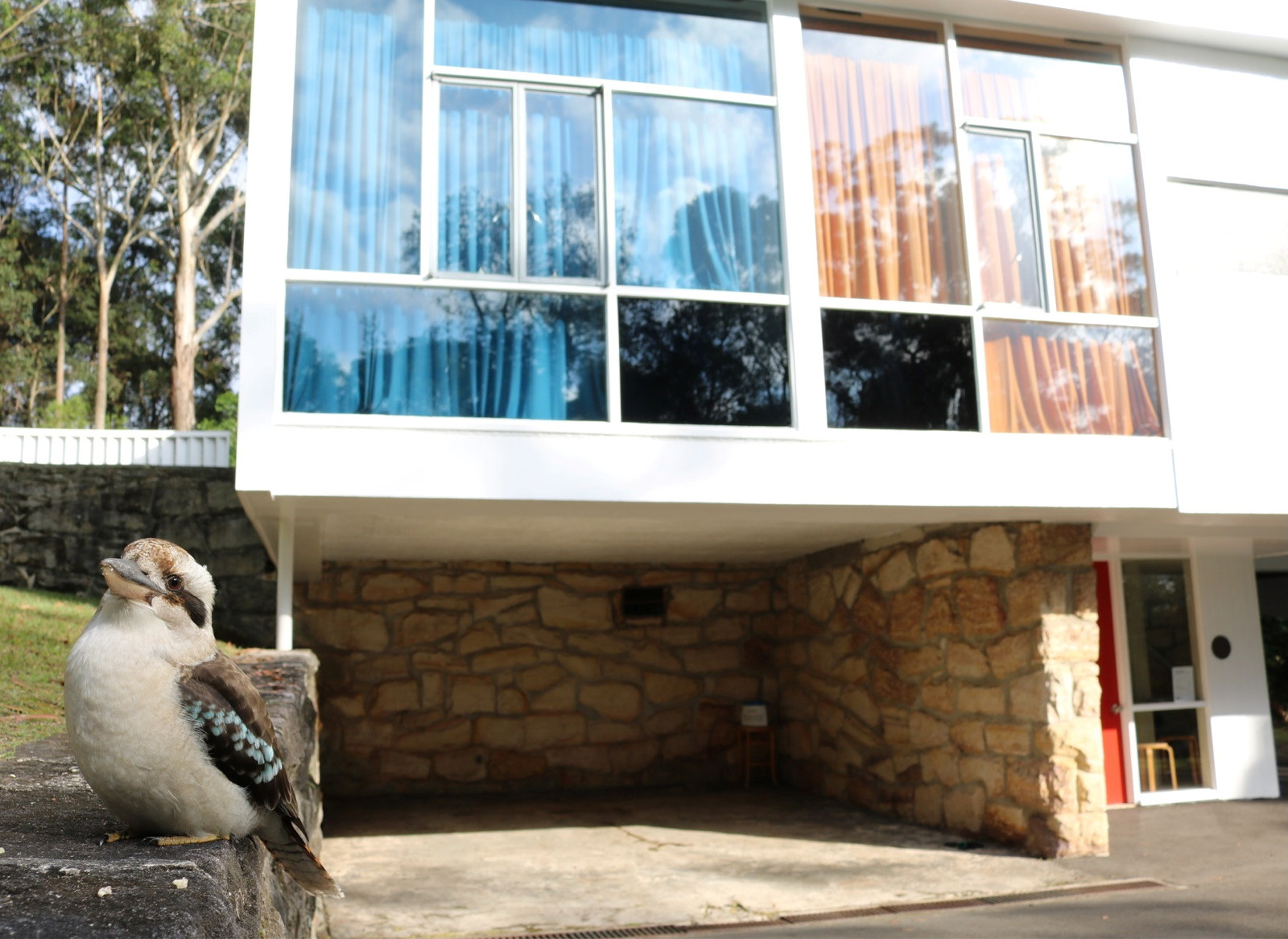
Plant your history
Feathered friends at Rose Seidler House
We visited Rose Seidler house at Wahroonga and were joined during morning tea by two Kookaburras eager to steal some food
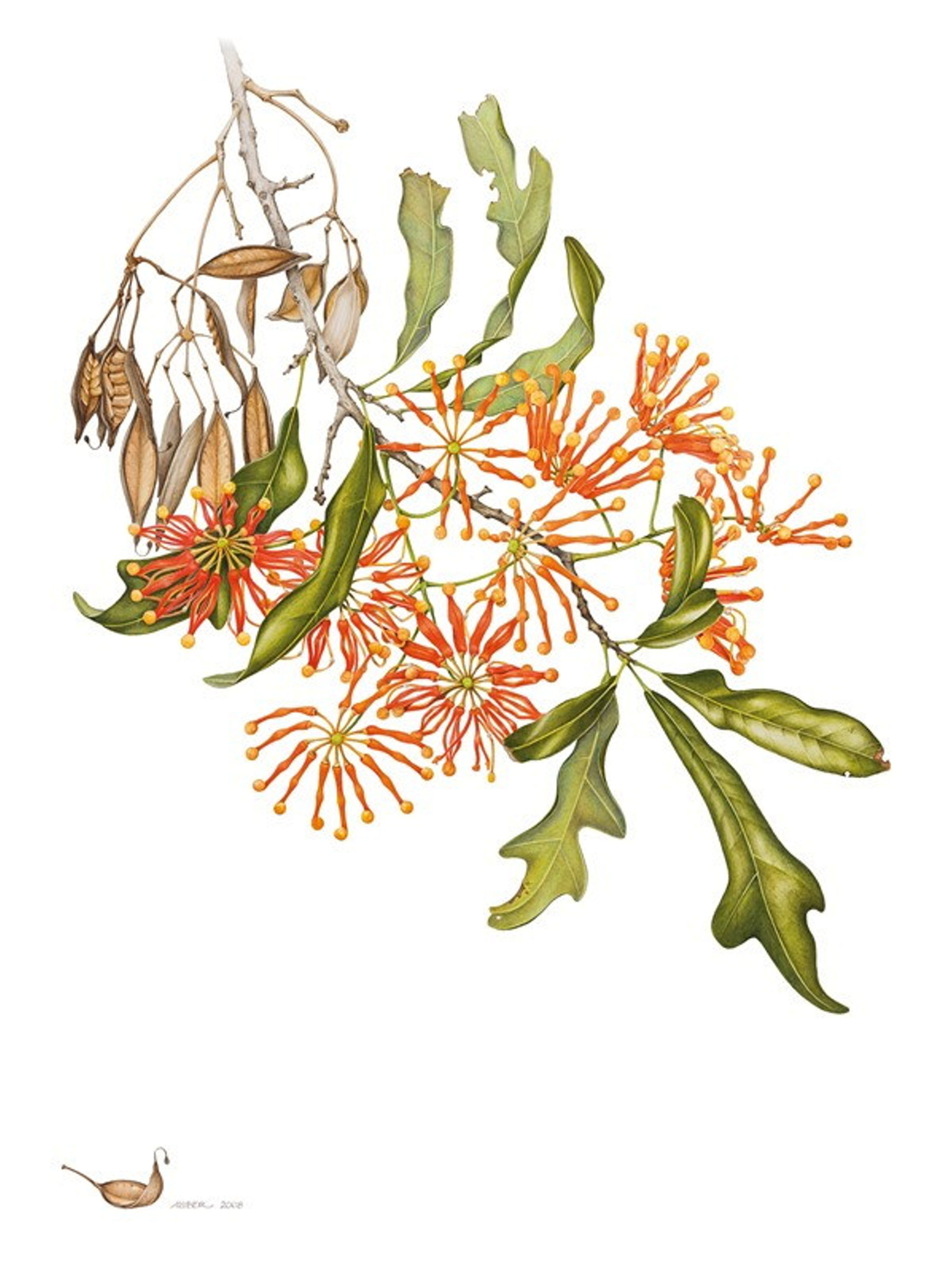
Florilegium plants
Firewheel tree
A Queensland firewheel tree is one of the more prominent surviving elements of the garden Rose Seidler established around the modernist, Bauhaus-influenced house designed for her by her architect son, Harry, and completed in 1950